GNOME 3.20 beinhaltet viele weitere neue Funktionen und Verbesserungen, u.a. Überarbeitungen an Software, Verbesserungen für Karten und Internet und eine verbesserte Schrift für die Benutzerschnittstelle.

Software now lets you see what people think about the applications that are available to install. Each review gives an application a star rating, and an average rating is shown for each application, allowing you to evaluate applications at a glance. The most relevant and useful reviews are shown first, and you can let other users know when you’ve found a review to be useful by rating it up.
And, of course, you can write your own reviews, and let others know what you think of the applications you’ve used. This is a great way to help out and improve the experience for other users.
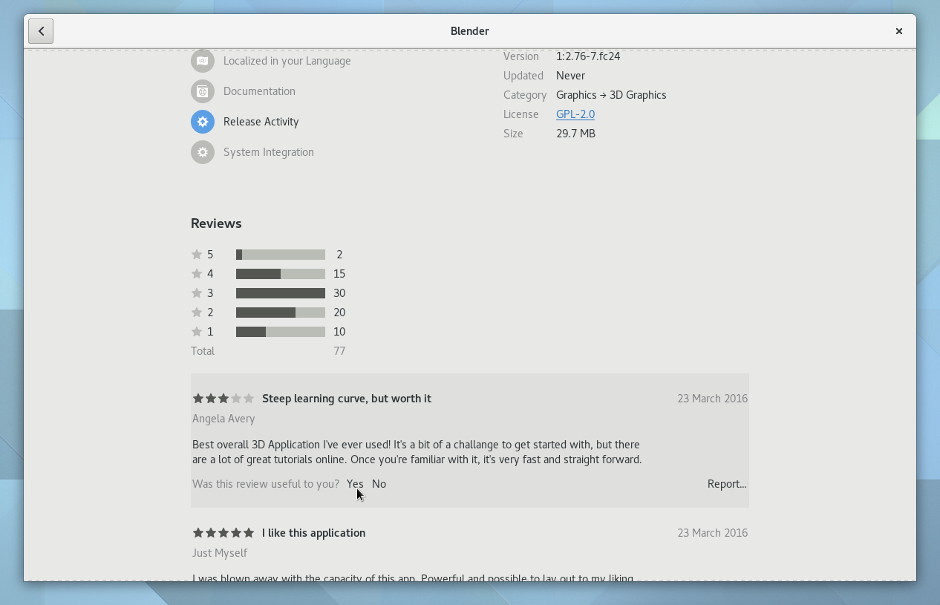
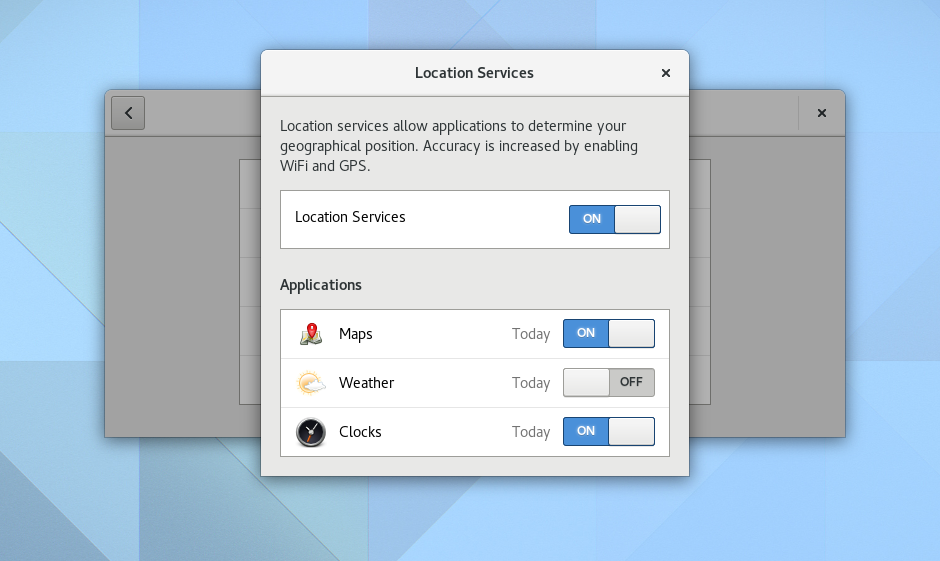
Location services make it possible for applications to find out your current location. This can be extremely useful, but it can also be a privacy issue if you don’t want other parties to know where you are. For this reason, it has always been possible to disable location services, in order to prevent them from being used by applications. With 3.20, these privacy controls have been enhanced, to be more robust and to give you more control.
In the new release, access to location services can be decided per application: each application has to ask for access to location data the first time it requests it, and it is also possible to decide which applications can use location services from the privacy settings.
With the new privacy controls, applications can provide an explanation for why they are trying to access location data, which helps to make application behavior more understandable. As with previous versions of GNOME, an indicator is displayed in the top bar when location services are in use.

Web, the GNOME browser, has several major new features in 3.20, as well as many smaller improvements. Downloads are now shown in a popover that can be accessed from the header bar. This means that downloads don’t get in the way, and makes it possible to easily view previous downloads.
Session restore is another major new feature in the new version of Web. With previous versions, your old tabs were reopened when Web was restarted, however some things were not restored as you left them. That has now changed: when you open the browser, every tab will be exactly as you left it, including its browsing history and the scroll position. This behavior can be disabled from the preferences, if you prefer to start with a blank slate each time.
Weitere Änderungen an »Internet« sind u.a:
Feedback when visiting non-HTTPS sites has been improved.
New tabs now inherit browsing history when opened from a link (this restores behavior that was lost in a previous version).
The cookies dialog now allows you to search.
Web now supports advanced web-based graphics and audio, with WebGL and Web Audio.

The new version of Maps includes a large collection of improvements. The most significant of these include:
It is now possible to add and edit place information from OpenStreetMap.
Place popovers now include more information, such as website addresses and phone numbers; this can be viewed by expanding each place popover.
Custom layers allows additional map layers to be added, using common mapping file formats like GeoJSON, KML and GPX. These can be found online for things like local political borders, points of interest for events, or environmental data. It is also possible to use this feature to display your own route data from mobile devices or Google.
Printing for route directions. These directions show a clear list of directions, along with map images for each instruction.
Maps can now be used to generate map images in PNG format. This can be useful for including in documents and websites, or even for sharing with others.
Other smaller improvements in this release include:
A new scale ruler that is shown on the map.
Maps now shows the last viewed location when started, so you don’t have to keep navigating back to the same place.
Location links that use the “geo:” prefix can now be opened.
Information about roundabouts is now fully provided in directions.
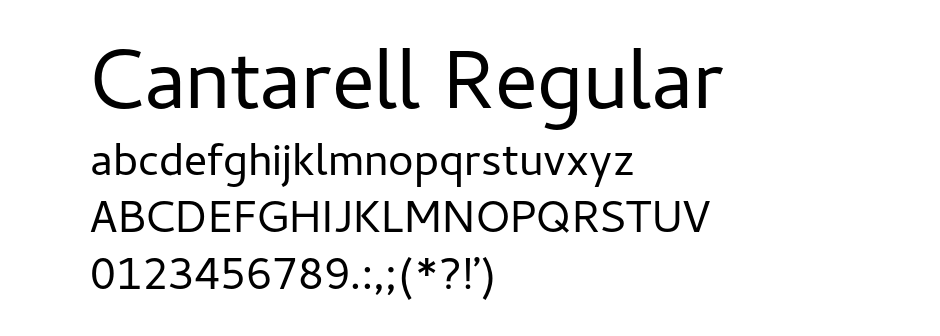
Cantarell, die Standard-Schriftart von GNOME, erfährt umfangreiche Verbesserungen für 3.20. Insgesamt hat der Text eine wesentlich besseres Erscheinungsbild. Die Buchstaben schauen deutlich harmonischer in allen Größen aus. Es gibt nun zusätzliche Zeichensätze wie zum Beispiel Vietnamesisch, Kyrillisch und Devanagari sowie weitere verschiedene Zeichen.
Viele Buchstaben haben eine Verschönerung erfahren, wie zum Beispiel Kyrillisch. Es wird nun konsistenter dargestellt. Es gibt auch spezielle isländische Buchstaben.
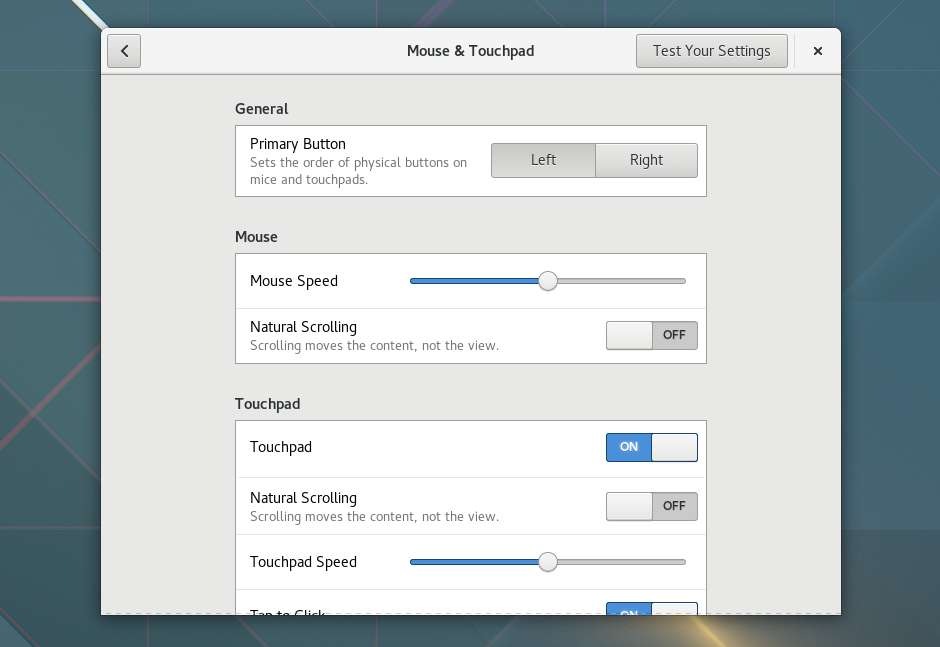
In den Systemeinstellungen wurden die Einstellungen für Maus und Tastfeld überarbeitet, um übersichtlicher und moderner zu wirken. Das neue Design lässt relevante Einstellungen schneller finden. Zum Beispiel werden die Einstellungen für das Tastfeld nur dann angezeigt, wenn auch tatsächlich ein Tastfeld angeschlossen ist. Es werden detailliertere Erläuterungen gegeben, unter anderen zum natürlichen Bildlauf und den primären Knopfeinstellungen.
As a part of these changes, the double-click delay setting been moved to the universal access settings.

dconf Editor has had a facelift for 3.20. Settings lists have been overhauled, to give a better overview, with each row now including the description for the setting. Search uses the standard design found in other GNOME applications, making it easier to find. Search can also be activated by just starting to type.
The new version includes a number of new features, too: bookmarks allow you to easily go back to frequently used settings, and "use default value" switches allow you to toggle settings you have changed. Copy current path and reset visible keys are other handy functions that have been added.
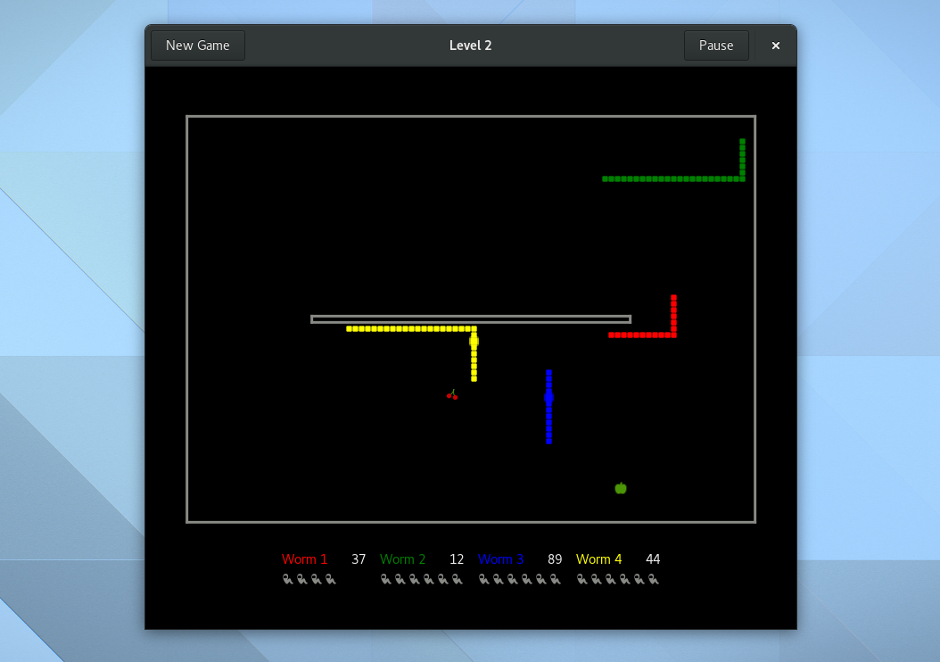
Nibbles has undergone a major transformation for this release! The new version has updated artwork and a fun, retro arcade style, including little worm icons to indicate how many remaining lives you have. The addition of a new game screen and better integration of high scores makes the game more straightforward and engaging.
Wie immer gibt es auch in dieser neuen Ausgabe von GNOME viele kleinere Verbesserungen. Hier sind einige von ihnen:
Keyboard keys for airplane mode, Wi-Fi and Bluetooth now work, and visual feedback is shown to clearly communicate when they are being used.
Calendar’s quick add popover now enables you to select which calendar you want to add an event to. The look of the year view has also been improved.
Your computer’s MAC address is now randomly masked when scanning for Wi-Fi access points. This prevents tracking by other parties.
In the To Do application, tasks in the scheduled view are now grouped under date headings. A new plugin system is also being introduced, which will allow To Do to be connected to online task managers.
Software now makes better use of screen space: the number of applications on the landing page grows to take advantage of available space, and the installed, updates, and categories views look better on large displays.
Check boxes and radio buttons now have subtle animations when they are selected.
An option now allows the battery charge percentage to be shown in the top bar. This option can be found in dconf Editor, under org ‣ gnome ‣ desktop ‣ interface ‣ show-battery-percentage.
If you plug in an audio device (such as a headset, headphones or microphone) and it cannot be identified, you will now be asked what kind of device it is. This addresses an issue that prevented headsets and microphones being used on many Dell computers.
Documents now allows you to list your documents by author, date or name, and looks better when views are empty.
In the Settings application, the printer jobs dialog has been updated with a clean, modern style.
Boxes, the GNOME application for using virtual and remote machines, automatically creates a snapshot after a virtual machine has been created. This makes it easy to revert the machine to its original state.
Haben Sie etwas anzumerken? Einen Fehler gefunden? Irgendwelche Unklarheiten? Rückmeldungen zu dieser Seite senden.